Container homes have gained popularity in recent years due to their affordability, sustainability, and versatility. These homes are built using repurposed shipping containers, offering a unique and eco-friendly alternative to traditional housing. However, to make container homes truly self-sufficient, it is essential to incorporate various design elements and technologies that promote energy efficiency, water conservation, and overall sustainability. In this article, we will explore the key considerations and strategies for developing self-sufficient container homes.
Energy Efficiency
Insulation and Ventilation
Proper insulation and ventilation are crucial for maintaining a comfortable indoor temperature and reducing energy consumption. When developing a self-sufficient container home, it is important to choose insulation materials that have a high R-value and are suitable for the local climate. Additionally, incorporating windows and vents strategically can improve airflow and reduce the need for artificial cooling or heating.
Solar Power
Utilizing solar power is a sustainable and cost-effective way to generate electricity for a container home. Installing solar panels on the roof can harness the power of the sun and convert it into usable energy. This renewable energy source can power lighting, appliances, and other electrical systems within the home. To maximize efficiency, it is advisable to invest in high-quality solar panels and batteries for energy storage.
Energy-Efficient Appliances
Selecting energy-efficient appliances is another important aspect of developing a self-sufficient container home. Energy Star-rated appliances, such as refrigerators, air conditioners, and water heaters, are designed to consume less energy while maintaining high performance. Additionally, using LED lighting fixtures throughout the home can significantly reduce electricity usage.
Water Conservation
Rainwater Harvesting
Rainwater harvesting is a sustainable practice that can provide a self-sufficient container home with a reliable source of water. Installing a rainwater collection system, including gutters, downspouts, and storage tanks, allows homeowners to capture and store rainwater for various purposes, such as irrigation, laundry, and flushing toilets. Implementing water filtration systems can ensure the collected rainwater is safe for consumption.
Greywater Recycling
Greywater recycling involves treating and reusing wastewater from sources such as sinks, showers, and washing machines. By installing a greywater recycling system, homeowners can reduce water consumption and minimize the strain on local water resources. Treated greywater can be used for irrigation, toilet flushing, and even in some cases, for laundry.
Low-Flow Fixtures
Incorporating low-flow fixtures, such as faucets, showerheads, and toilets, is an effective way to conserve water in a self-sufficient container home. These fixtures are designed to reduce water flow without compromising performance. By installing low-flow fixtures, homeowners can significantly reduce water usage and contribute to overall sustainability.
Sustainable Design and Materials
Green Roof
A green roof, also known as a living roof, is a layer of vegetation that is installed on the roof of a container home. This sustainable design element provides numerous benefits, including improved insulation, reduced stormwater runoff, and increased biodiversity. A green roof can also help regulate indoor temperatures and improve air quality within the home.
Recycled and Eco-Friendly Materials
Using recycled and eco-friendly materials during the construction of a container home is a crucial aspect of promoting sustainability. Opting for materials such as reclaimed wood, recycled metal, and low VOC (volatile organic compounds) paints can minimize the environmental impact of the construction process. Additionally, incorporating sustainable flooring options, such as bamboo or cork, further enhances the eco-friendliness of the home.
Passive Design Strategies
Implementing passive design strategies can contribute to the self-sufficiency of a container home. This includes optimizing the orientation and layout of the home to maximize natural light and ventilation. By strategically placing windows, utilizing shading devices, and incorporating thermal mass, homeowners can reduce the reliance on artificial lighting and mechanical cooling or heating systems.
Conclusion
Developing self-sufficient container homes requires careful consideration of various factors, including energy efficiency, water conservation, and sustainable design. By incorporating strategies such as proper insulation, solar power, rainwater harvesting, and the use of eco-friendly materials, container homes can become truly self-sufficient and contribute to a more sustainable future. These homes not only offer an affordable and versatile housing option but also allow homeowners to reduce their environmental footprint and live in harmony with nature.











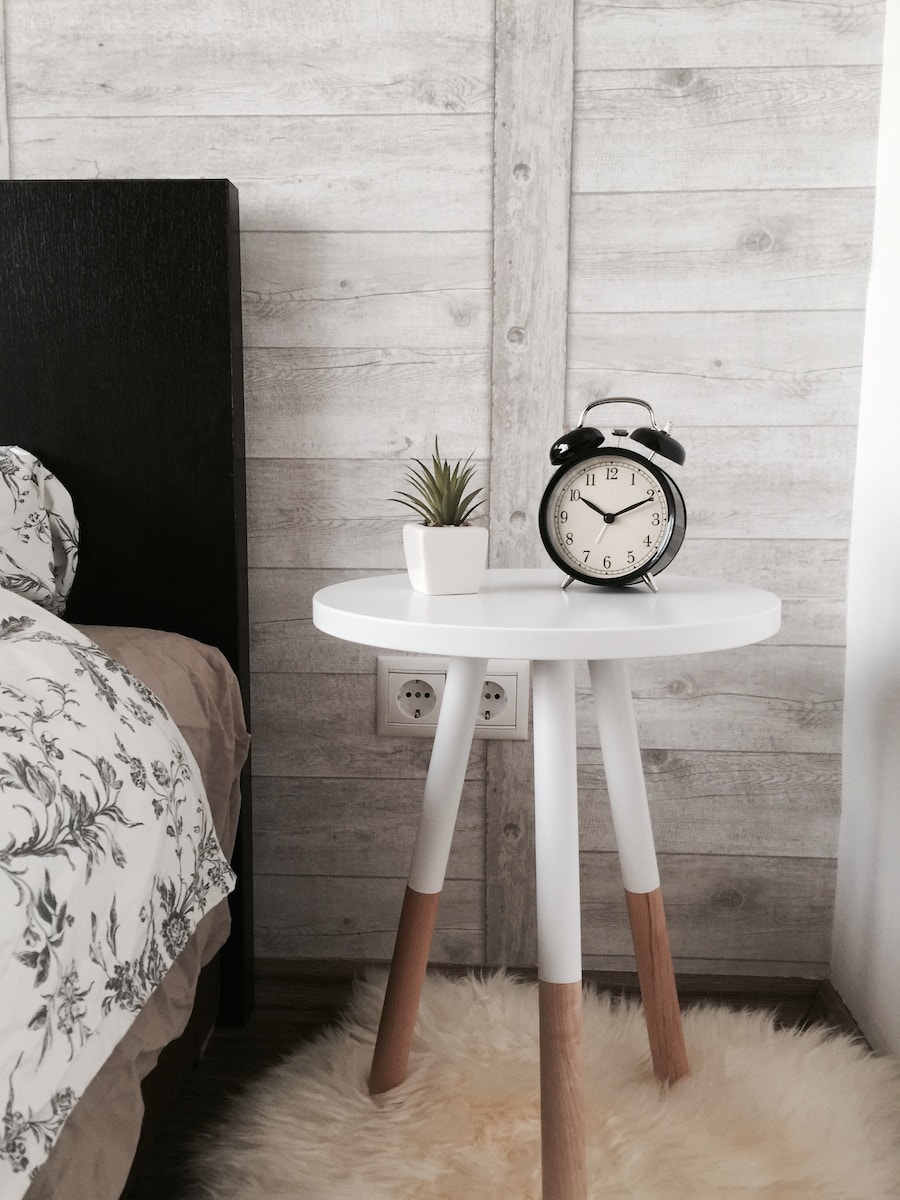
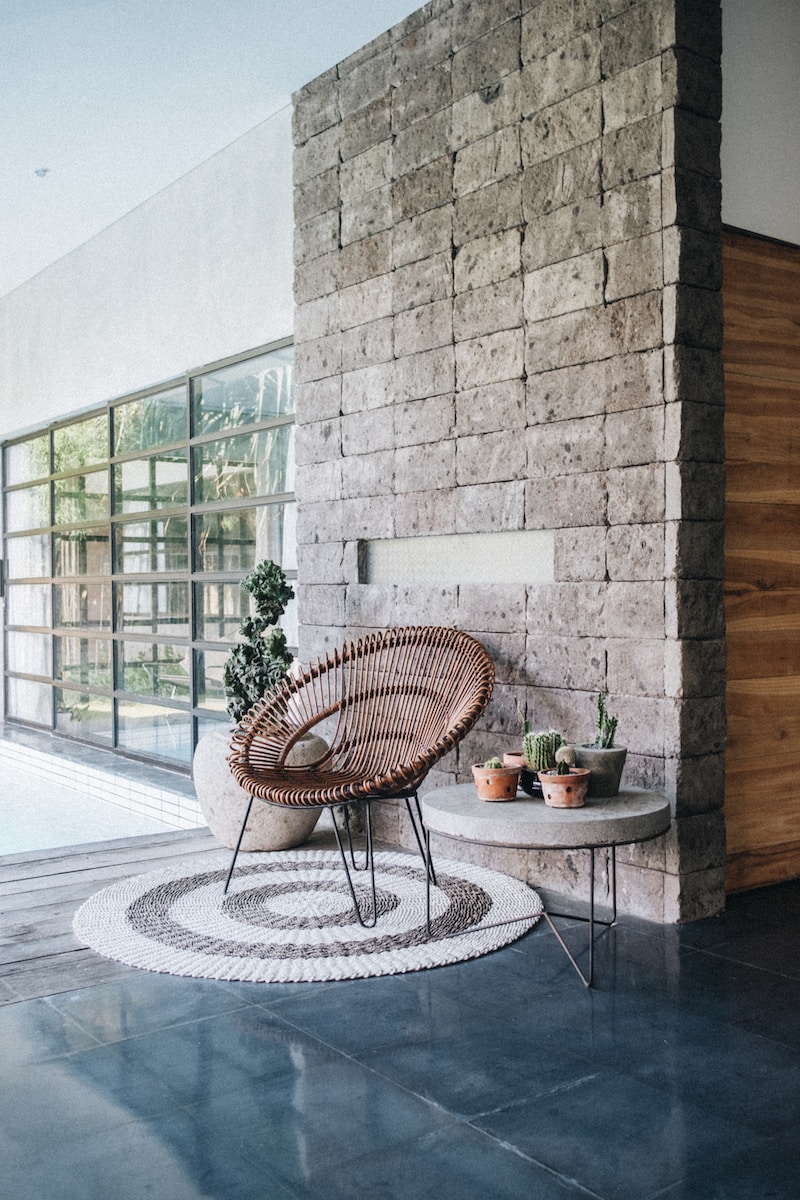
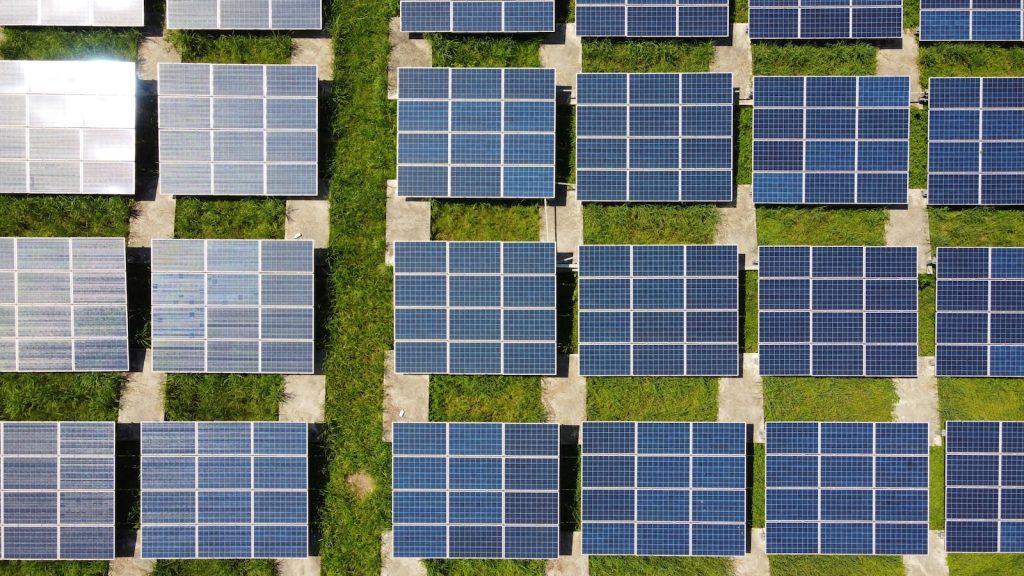




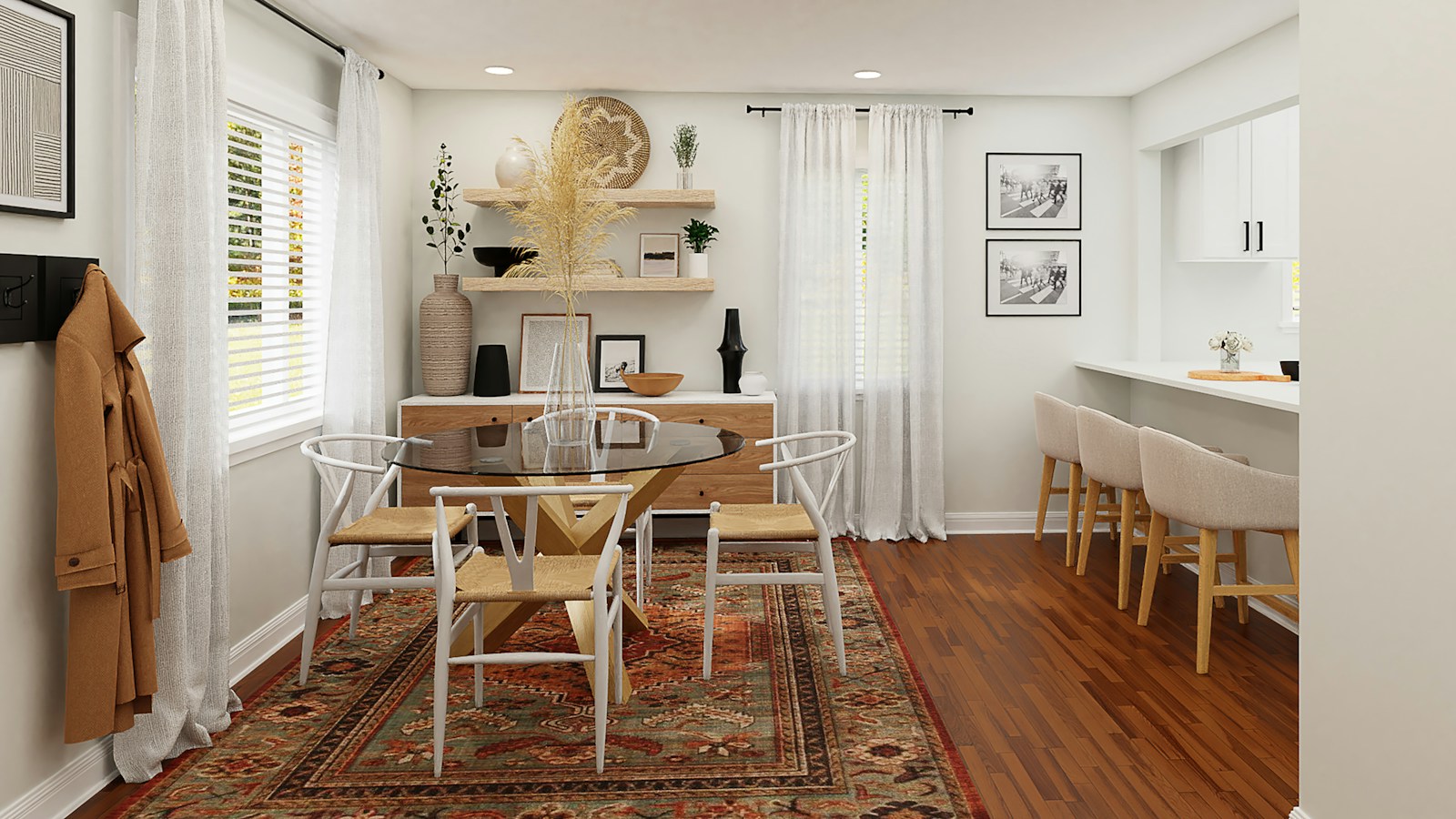
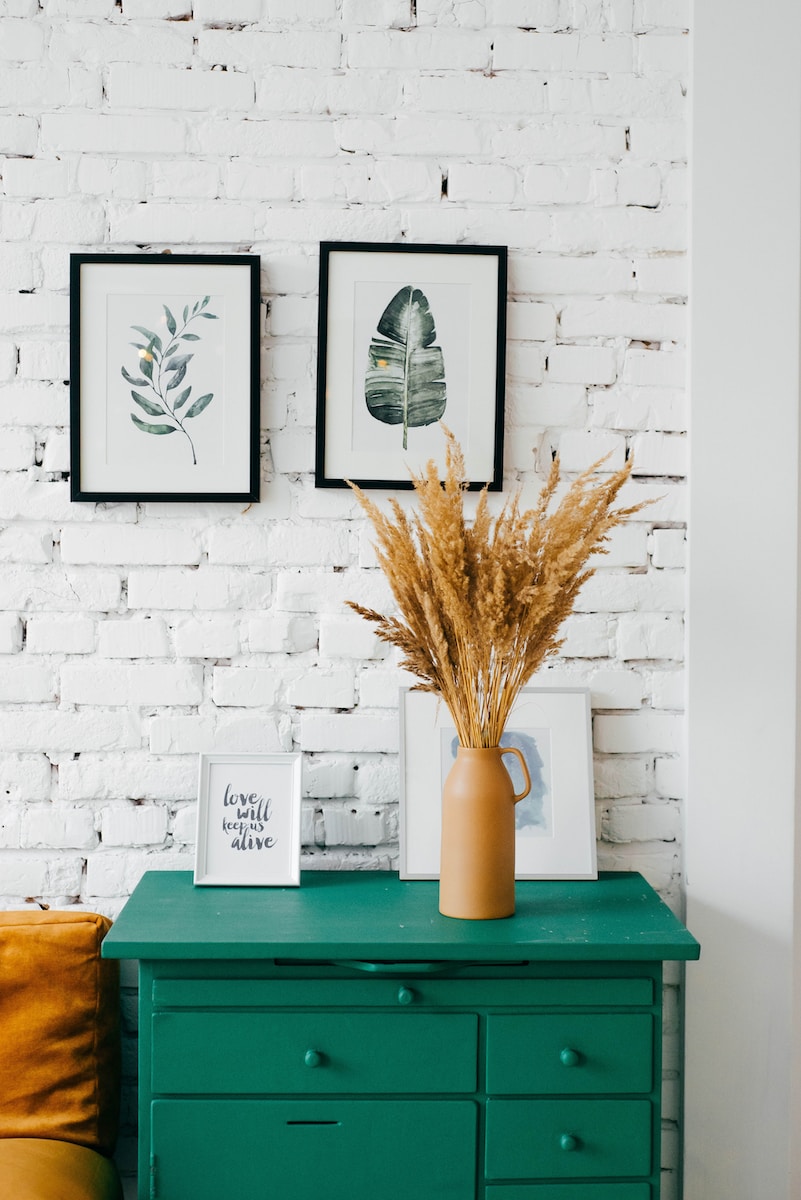

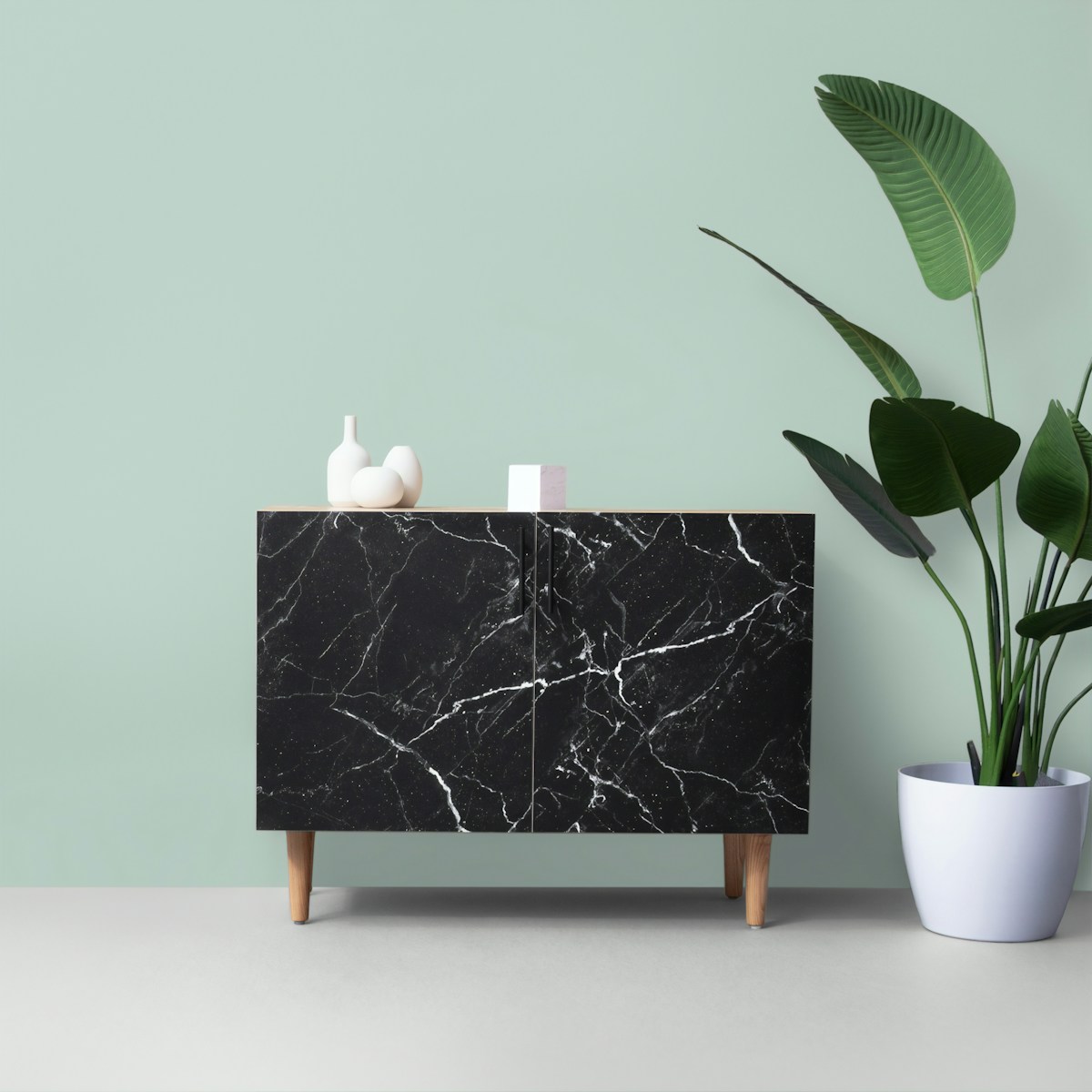
Find Us on Socials